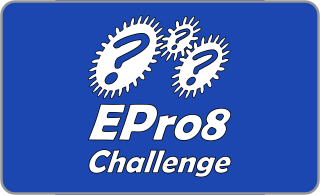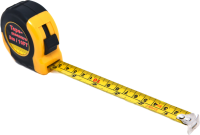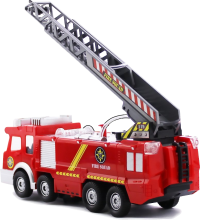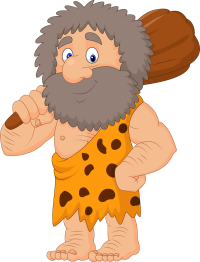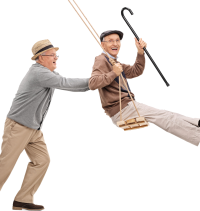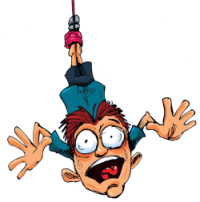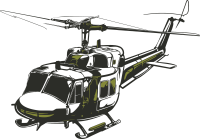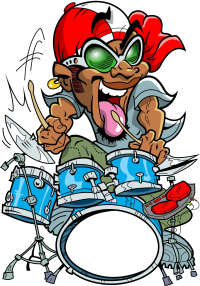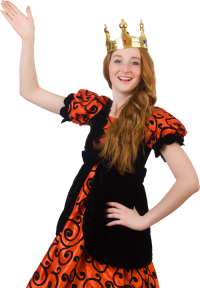Using the EPro8 to Support the New Zealand Curriculum
Having a practical application of a students learning is a powerful way of making that learning real and practical.
There are multiple ways that you can use your EPro8 School Equipment to support different aspects of the New Zealand Curriculum.
English - Reading Comprehensions
Level 3: Listening, Reading and Viewing
- integrates sources of information and prior knowledge with developing confidence to make sense of increasingly varied and complex texts
- selects and uses a range of processing and comprehension strategies with growing understanding and confidence
- thinks critically about texts with developing confidence
Reading comprehension is an important part of engineering. By reading a challenge and then undertaking that challenge, the student will learn the importance of reading carefully and ensuring that they have comprehended the text.
The Bridge Challenge is a good one to use here.
Have your students:
- read the challenge
- think carefully what it means
- take notes
- draw a picture
- undertake the challenge
Look at what the students have achieved, with particular focus on the wording of the challenge and if the teams have comprehended all that is written in the challenge.
Science
Maths - Measurement
Level 3: Measurement
Use linear scales and whole numbers of metric units for length, area, volume and capacity, weight (mass), angle, temperature, and time.
All our challenges have aspects of measurements.
In addition, we have written a measurement module that targets practicing measurements.
Maths - Weight (Mass)
Level 3: Measurement - Weight
Use linear scales and whole numbers of metric units for length, area, volume and capacity, weight (mass), angle, temperature, and time.
These challenges involve the use of weights, scales, leverage and pulleys
Maths - Area and Volume
Level 3: Measurement - Volume and Area
Find areas of rectangles and volumes of cuboids by applying multiplication.
These challenges give students a practical application for calculating volume and area.
Level 3: Physical World
Student will explore, describe, and represent patterns and trends for everyday examples of physical phenomena, such as movement, forces, electricity and magnetism, light, sound, waves, and heat. For example, identify and describe the effect of forces (contact and non-contact) on the motion of objects; identify and describe everyday examples of sources of energy, forms of energy, and energy transformations.
These challenges require experimentation, measurements and the use of graphs.
Each challenge has an everyday scientific principal behind it.
Technology
Level 3: Technological Practice
Students will undertake planning to identify the key stages and resources required to develop an outcome. Revisit planning to include reviews of progress and identify implications for subsequent decision making.
These challenges all have strong design and problem solving elements. Students will need to incorporate concepts they have learnt to solve these problems.



